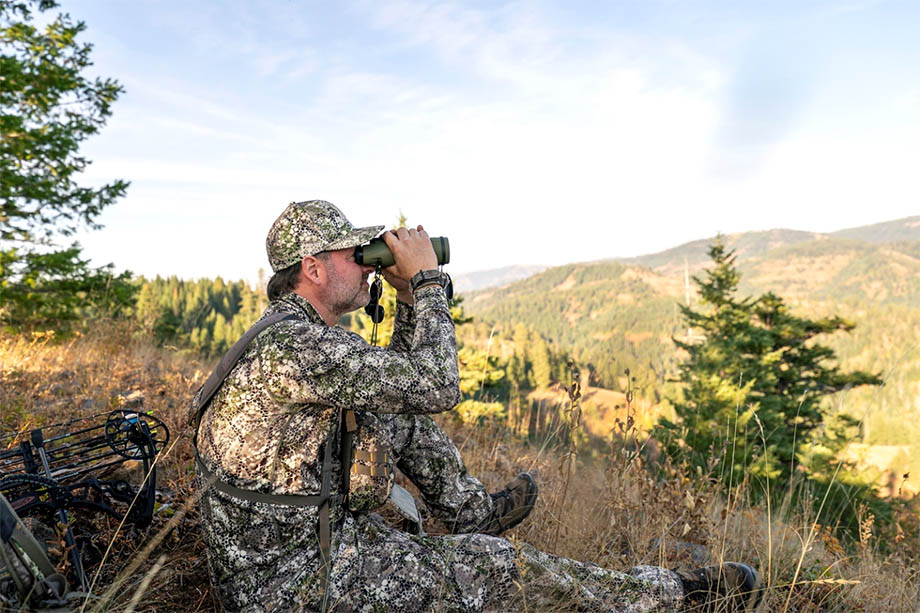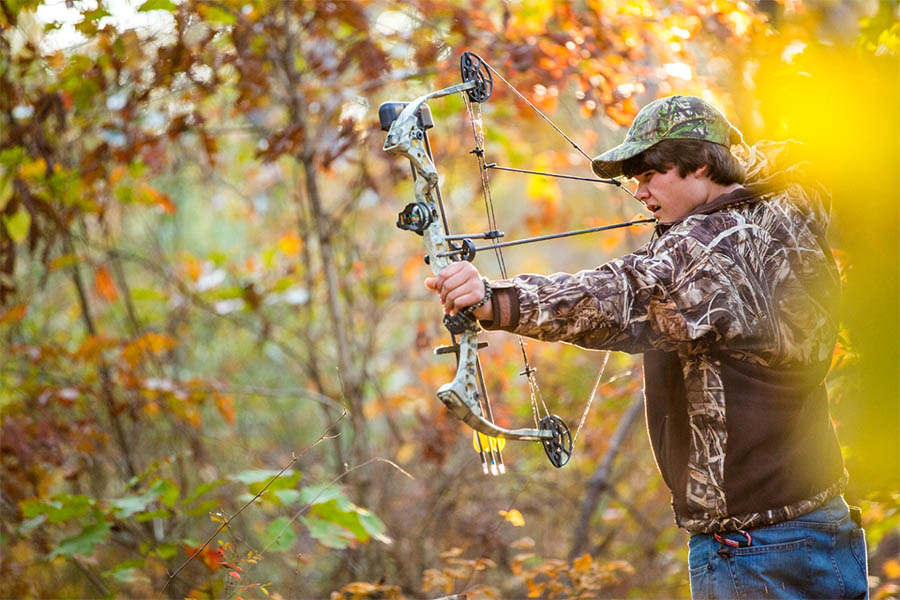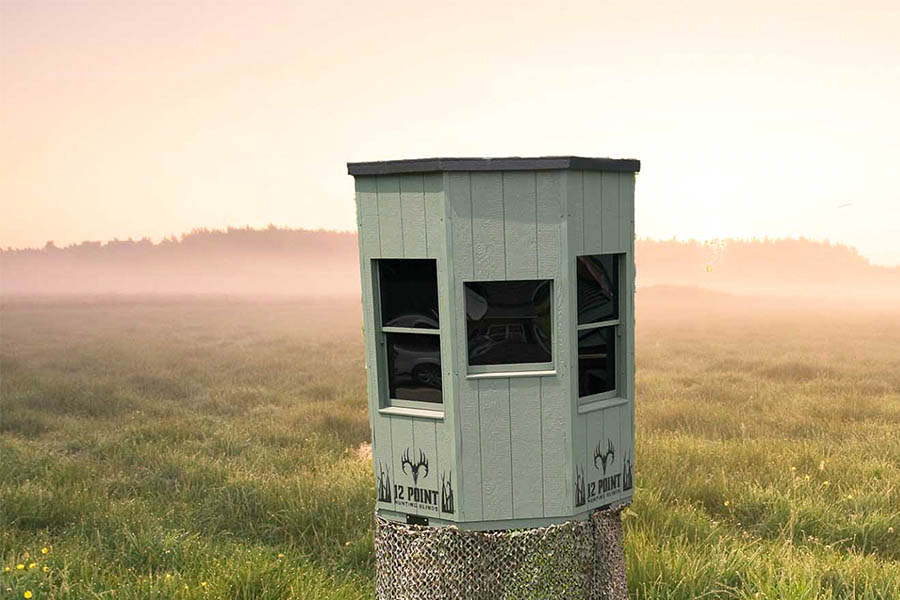What You Need to Know to Create the Perfect Layering System

Hunting clothing has come a long way over the last decade. We have seen a stark transition from cheap, get it done clothing to much more expensive, tactical and precision options. These innovations have made it possible for hunters to get their hands on gear made from better materials as well as ones that fit better than the old hand me downs of yesteryear. None of these innovations matter though if you do not know how to properly create a hunting layering system. A good hunting clothing layering system is something that can not only help you stay more comfortable in the field, but oftentimes can also help you stay out longer in harsher weather and is therefore a key element in any hunters’ kit.
Base Layer
The base layer is the core of any good clothing system. Sure, you can wear cheap cotton long johns like your great granddaddy did, but wearing a base layer made out of better materials can change your experience for the better. The base layer is the only layer of clothing that will be in touch with your skin, so choosing the right fit and material are vital.

The base layer’s job is to wick the moisture that builds up on the surface of your skin and help move it along to the next level, the midlayer. Because of the importance of water management, you need to choose a piece of clothing that fits tighter to your body. The material that it is made from also needs to be one that excels at moisture management. Merino wool is a great higher end option, but polyester is just as effective and usually comes in at a lower price point. Both can also serve as anti-bacterial which helps to fight off odor which is beneficial whether you are sitting in a tree stand or crammed in a small tent for 10 days.
Mid Layer

The midlayer, as the name would imply, is the next step in building your system. The main goal of the midlayer is to provide insulation via trapping the heat naturally produced by your body. On top of providing insulation, a good midlayer must also be breathable so that moisture can continue to move from your base layer all the way through your system to the outer layer, where it can eventually be shed.
Once again, choosing the right materials is important. You want to make sure that you are choosing the proper weight of insulation based on your needs and the weather. Most insulation items are measured in gram weight, so look for something that falls in 200-250g for milder weather and 300+ for longer, colder sits. There are a lot of great materials out there to help trap warmth with fleece and wool being the top competitors, but items that incorporate synthetic down can add a lot more warmth for less weight.
Outer Layer

The outer layer of your system is commonly referred to as your shell. Here shedding is the name of the game and the principal job. Now this does not only pertain to the shedding of moisture that has moved up from your base layer, but also to the shedding of water (rain or snow) as well as wind. The ability of a shell jacket to block wind cannot be overlooked and can help change a miserable day into a tolerable day in the field.
The most bomb proof shell jackets on the market consist of 3 separate layers to make them completely waterproof and wind resistant/proof, but such pieces also come with a premium price tag. You can avoid some of the sticker shock that comes with purchasing a good shell by really honing in on what you need from your outer layer. If you are primarily a waterfowl hunter, chances are a waterproof layer is going to be of most importance. Or maybe having a quiet, windproof outer layer for keeping your movements concealed from unsuspecting bucks is of greater priority. No matter your needs, there is a shell out there that will serve you well.
Recap
After spending years of hunting in the same budget, low tech hunting garb and then switching to higher end, more purpose-built products, it quickly became clear just how important a proper hunting clothing layering system is for being more comfortable on hunts. Having a proper base layer alone can pay big dividends and if I were to go back and start over, I would find the nicest base and outer layers money could buy. If you’re a fair weather hunter, skip this article and keep on keeping on, but if you are someone who relishes epic days in the field that can be brought on by inclement weather, then do yourself a favor and look through your system and see if there is anything you can add that might make those sits just a little more bearable.






